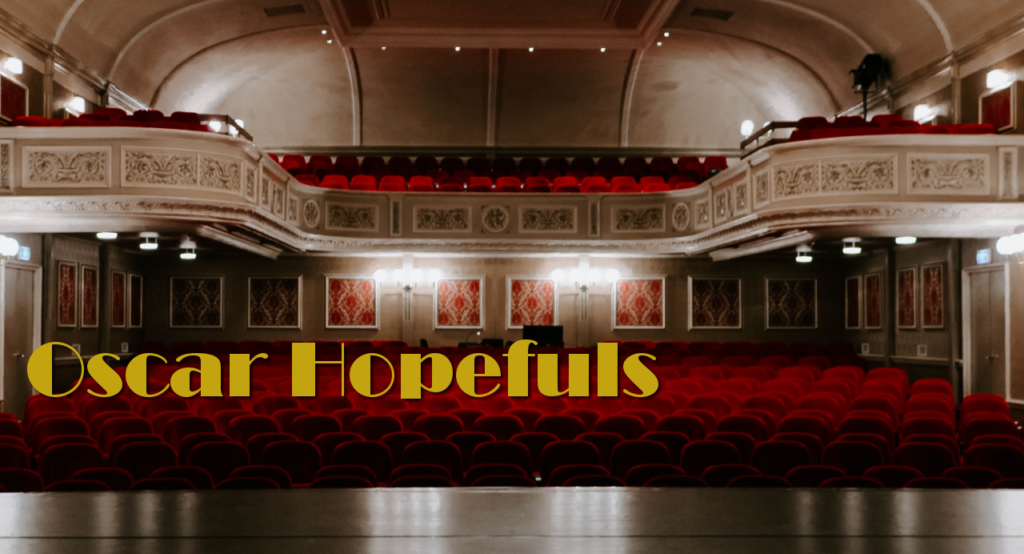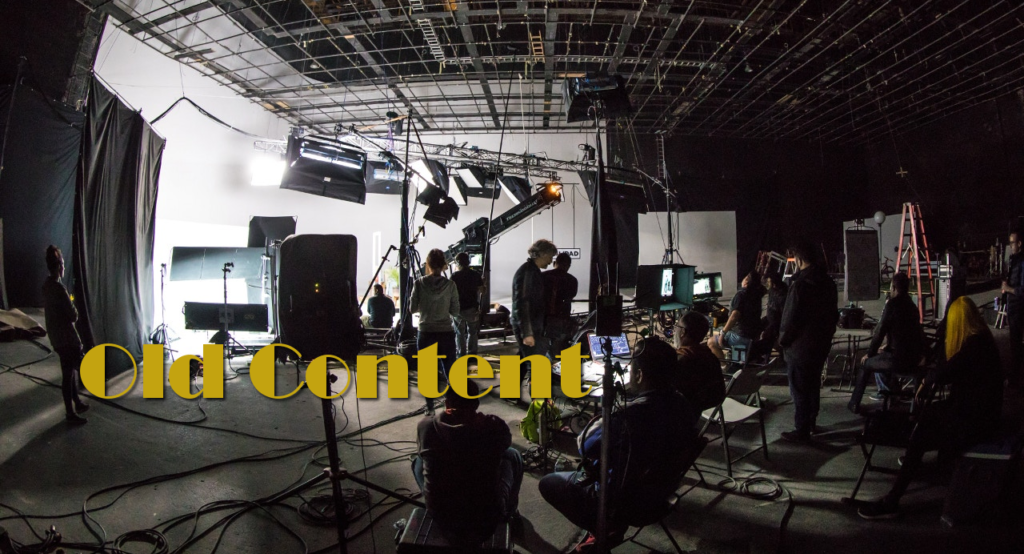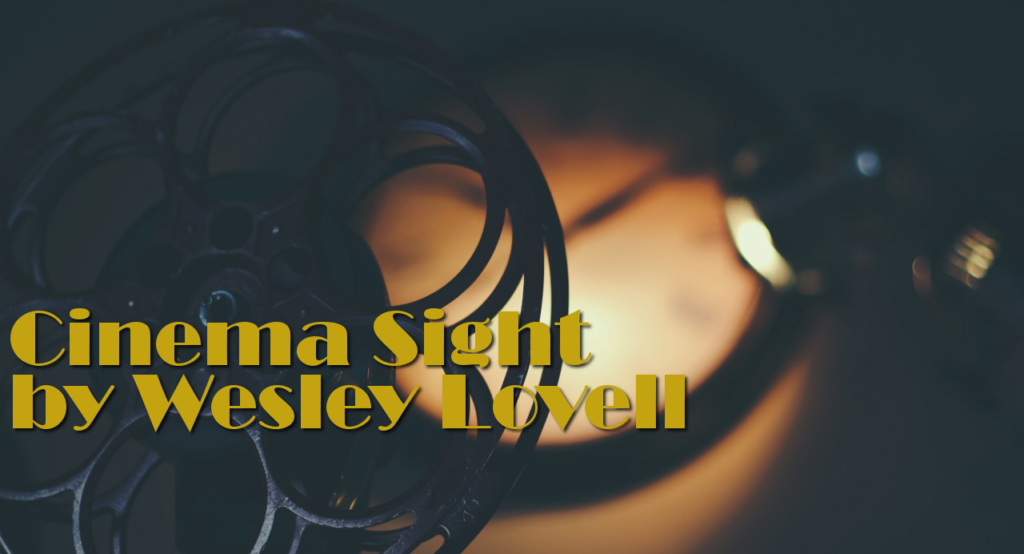 England’s Henry VIII and his immediate successors, Edward VI, Lady Jane Grey, Mary I and Elizabeth I have been the subjects of many films over the years. With the releases of TV’s The Tudors – The Complete First Season and the recent theatrical film, The Other Boleyn Girl, there are now more than twenty films and TV miniseries available on DVD in which to get caught up in the intrigues that informed their lives. Henry (1491-1547) was thrust into the limelight when his older brother died and he became successor to the throne at the age of 10. He became engaged to his brother’s widow, Katherine of Aragon (1485-1536), and married her in 1509 when he was 17 and she was 23. They had a daughter, Mary (1516-1558), who survived infancy but all three of their sons were either miscarried or died shortly after birth. Henry had several mistresses, most notably Elisabeth Blount (1502-1539) and Mary Boleyn (1499-1543), both of whom bore him children. He later became infatuated with Mary’s sister Anne (1501-1536), but she refused to bed him unless he married her leading to the annulment of his marriage to Katherine and his break with Rome, appointing himself Head of the Church in England. Anne, who became his second wife, bore him a daughter, Elizabeth (1533-1603), but failed to give him a son. Shortly after she miscarried, ironically on the day of Katherine’s funeral, Henry had his second marriage annulled and Anne beheaded on trumped up charges of incest, adultery and treason. He then married his latest mistress, Jane Seymour (1508-1537), who finally bore him a son that would outlive him: Edward (1537-1553). But she died in childbirth. He then agreed to an arranged marriage with German Anne of Cleves (1515-1557) in order to strengthen his Protestant support, but found her repulsive and had the marriage swiftly annulled. Henry’s fifth marriage was to Anne Boleyn’s Catholic cousin, Catherine Howard (1520-1542), but court intrigue intervened and the marriage was annulled followed by her beheading on trumped up charges of adultery. Finally, Henry married the wealthy Catherine Parr (1512-1548) who outlived him. Henry, who was responsible for more than 72,000 executions in his lifetime, was succeeded by Edward VI. He never actually ruled as he died before reaching adulthood. He was succeeded by Lady Jane Grey, who lived for nine days before being replaced by Mary without ever having been crowned. Mary I, called Bloody Mary because of her nearly 3,000 executions in less than five years, restored Catholicism to England, but upon her death, Elizabeth I restored Protestantism in the form of Henry’s Church of England and ruled until old age claimed her at 70. For many, Charles Laughton was the definitive Henry VIII. He was made up and costumed in 1933’s The Private Life of Henry VIII to look as if he had stepped out of a painting of the king. The film itself makes light of history and follows Henry’s life from the beheading of Anne Boleyn to his death. Binnie Barnes, as fourth wife Catherine Howard Robert Donat, as Thomas Culpepper, the member of Henry’s court with whom she was alleged to have committed adultery; and Elsa Lanchester, as the grotesque Anne of Cleves, stand out in the supporting cast. Merle Oberon looks lovely but has little more than a cameo as Anne Boleyn. Laughton later reprised the role in 1953’s Young Bess about the early days of the life of Elizabeth, played by a stunning Jean Simmons, and featuring the estimable Deborah Kerr, as Catherine Parr, and Rex Thompson (later Kerr’s son in The King and I), as her stepson Edward. A young and virile Henry in the presence of Robert Shaw in 1966’s A Man for All Seasons, was a shock to generations raised on Laughton’s portrayal, and his battle of wills with (Saint) Sir Thomas More hit many a raw nerve. The film was perceived at the time as a metaphor for the protests against the Vietnam War. Its literate script, high production values, meticulous direction by Fred Zinnemann, and the great performances of Paul Scofield as More, Wendy Hiller as his uncomprehending wife, and Shaw make it a film not just of its time, but to paraphrase its title, “a film for all seasons.” Coming just three years after A Man for All Seasons, 1969’s Anne of the Thousand Days, based on Maxwell Anderson’s 1946 play, seemed old-fashioned and stodgy. It wasn’t helped by a tired-looking Richard Burton in place of the young and virile Shaw. But its art direction and costume designs were eye-popping, and Genevieve Bujold as Anne Boleyn, Anthony Quayle as the wily Cardinal Wolsey and Irene Papas as Katherine of Aragon at least made the first hour and a half tolerable. After that, it lumbers along to its inevitable conclusion. Almost forty years later, however, it is a lot easier to take in small doses on DVD. A year after Anne of the Thousand Days, TV gave us the ideal Henry in Keith Michell, who played the monarch in a six part miniseries called The Six Wives of Henry VIII. In it, the leisurely pace of the format allowed for more in-depth coverage of his life and times and those of his wives. It was later released theatrically in truncated form as Henry VIII and His Six Wives. The current film about the intrigues surrounding the affair of Henry and Anne, The Other Boleyn Girl, concentrates on the machinations of the Boleyn family and the tragic events that followed. In this version, the ambitious Sir Thomas Boleyn and his wife’s husband, the Duke of Norfolk, plot to have Anne seduce Henry in order to secure more favorable court appointments for the family, but he falls in love with her married sister Mary instead. After Mary’s difficult pregnancy cools their relationship, Anne is brought back into the picture by her conniving uncle, but by this time she has learned a thing or two and refuses to become involved with him outside of the marriage bed. Both Natalie Portman as Anne and Scarlett Johanssen as Mary acquit themselves well but Eric Bana’s Henry VIII is seen pretty much as a wimp and unless you are aware of the historical background you won’t understand much of the goings-on. The critically lambasted miniseries The Tudors has been described as soft-core pornography and dismissed by literary scholars as highly inaccurate, but it has a huge fan base nonetheless. No attempts have been made to make Jonathan Rhys-Meyers look anything like the real Henry. This is revisionist history at its worst. As Edward did not live to maturity, there have been very few films in which he is anything but a peripheral presence. The exceptions, of course, are the various film versions of Mark Twain’s The Prince and the Pauper, the best of which is the 1937 version with Billy and Bobby Mauch as the young prince and the poor boy who exchange places as Henry lies dying, ably supported by Errol Flynn, Claude Rains, Alan Hale, Henry Stephenson and Montagu Love as Henry. There have been countless remakes since, the best perhaps being the 1977 version re-titled Crossed Swords with Mark Lester (Oliver!) in a dual role as the prince and the pauper supported by Oliver Reed, Raquel Welch, Rex Harrison, Ernest Borgnine, George C. Scott and Charlton Heston as Henry. It’s interesting mainly thanks to its eclectic cast, but the 1937 version remains the most endearing. The short reign of Lady Jane Grey is chronicled in 1986’s Lady Jane. Edward’s fifteen-year-old cousin is manipulated into the succession by court intrigue in order to keep Catholic Mary from gaining the throne and causing the execution of Henry’s Protestant reformers. Helena Bonham Carter is excellent as usual as Jane, as is Cary Elwes as her young husband. There are no films about the reign of Mary I, but there are many films about her half-sister and successor, Elizabeth I. After Elizabeth’s ascension and the restoration of Protestantism as the prevailing faith in England, Roman Catholic partisans propagated the ascension of Elizabeth’s cousin, Mary Stuart, also known as Mary, Queen of Scots. Attempts on Mary’s behalf ended in her imprisonment and eventual beheading as chronicled in John Ford’s 1936 film Mary of Scotland from Maxwell Anderson’s play, with Katharine Hepburn as Mary and Florence Eldredge as Elizabeth. Though events are seen from Mary’s perspective, both queens are treated with intelligence and respect with Eldredge’s Elizabeth agonizing over the prospect of having to execute her cousin. Though the two women never met in real life, Elizabeth’s clandestine visit to Mary in her confinement is so powerful that all subsequent plays and films about the two have demanded the inclusion of such a scene. Elizabeth gets her own story in 1937’s Fire Over England with a stalwart Flora Robson as the queen chronicling her battles with Spain’s Philip II, played by Raymond Massey. Laurence Olivier and Vivien Leigh co-star in their first pairing. Robson reprised the role in the 1940 Errol Flynn swashbuckler, The Sea Hawk, delivering a rousing curtain speech. The aging Elizabeth’s infatuation with the Earl of Essex is chronicled in 1939’s The Private Lives of Elizabeth and Essex based on the play Elizabeth the Queen by Maxwell Anderson who, in addition to writing the aforementioned Mary of Scotland also went on to write Anne of the Thousand Days. Better known for its sumptuous sets and costumes and for the fireworks set off by the differing acting styles of Bette Davis and Errol Flynn than for its historical accuracy, the film was a huge success at the box office. Olivia de Havilland is Flynn’s true love and Vincent Price is Sir Walter Raleigh. Davis reprised Elizabeth in 1955’s The Virgin Queen, which more fully explores her relationship with Raleigh, played by Richard Todd. Joan Collins makes a major impression as Raleigh’s true love, but Davis dominates the film as only she could. A more expansive look at the life and times of Elizabeth was chronicled in the 1971 miniseries Elizabeth R in which Glenda Jackson became an Elizabeth for the ages. She successfully reprised the role in the 1971 theatrical film Mary, Queen of Scots opposite Vanessa Redgrave as Mary. Jackson’s definitive stamp on the role was challenged by two actresses in 1998, by Cate Blanchett in the title role of the lamentable Elizabeth and Judi Dench in a cameo in Shakespeare in Love. While Shakespeare in Love was clearly presented as a work of fiction, Elizabeth proved to be even more fictional with its juxtaposing of some historical events and outright distortion of others. The fault, however, was not Blanchett’s. She and Dench were both quite good and in fact, both were nominated for Oscars with Dench winning in support in that year’s Best Picture winner. Blanchett reprised the role to another Oscar nomination in 2007’s Elizabeth: The Golden Age. For modern audiences, though, the indisputable best Elizabeth since Jackson has to be Helen Mirren’s take on the aging queen in the 2006 miniseries Elizabeth I. Whether romancing the equally aging Jeremy Irons or his impetuous son Hugh Dancy or commanding great legions and obsequious counselors, she was highly believable in everything she did, including almost dying while standing. -Peter J. Patrick (June 17, 2008) |
Buy on DVD!
|
The DVD Report #59
by
Tags:


















Leave a Reply